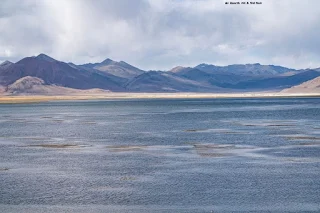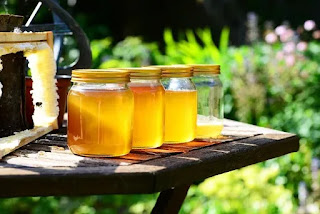What is a wetland and why is it important?
Wetlands are ecologically important transition zones that are either covered by water, or saturated with water. They are neither totally dry land nor totally underwater, having the characteristics of both, which makes them very unique in character. Even more distinctive are the wetlands occurring 3,000 meters above sea level, called the High-Altitude Wetlands (HAWS). Extreme ecosystems characterised by adverse climate and presence of a seasonal or diurnal permafrost layer, HAWS are fed by snowmelt, precipitation, and springs.
In a harsh geography where not much life is able to thrive, HAWs might look like deserted grasslands from afar, but are actually oases that abound in rare species of plants, mammals and birds, including many important species of migratory birds that use them as breeding grounds. Human settlements are found around such wetlands, as they provide resources for farming and livestock rearing. From a larger standpoint, they act as a buffer between glacial melt waters and water bodies downstream, and provide Baseflow support to several rivers and streams. They regulate the downstream discharge of rivers and mitigate threats of floods and excessive soil erosion.
Under the SECUREHimalaya project, @moefccgoi and @undpinindia , supported by @TheGEF1, are developing and implementing long-term strategies for conservation and management of HAWs. Direct anthropogenic pressure is being reduced through the creation of alternative livelihoods, sustainable tourism models are being established and communities are being empowered to promote local stewardship towards biodiversity conservation.
Credit - moefccgoi










Comments